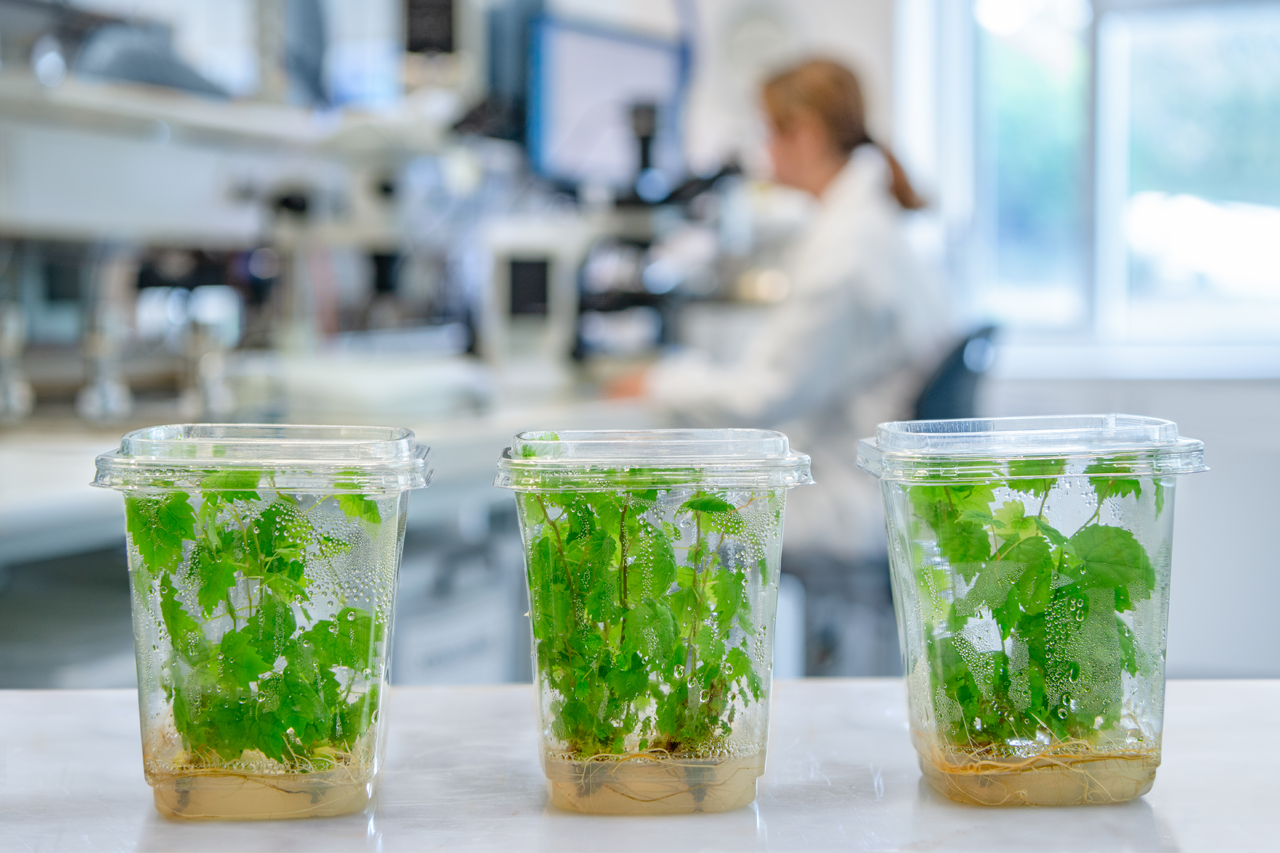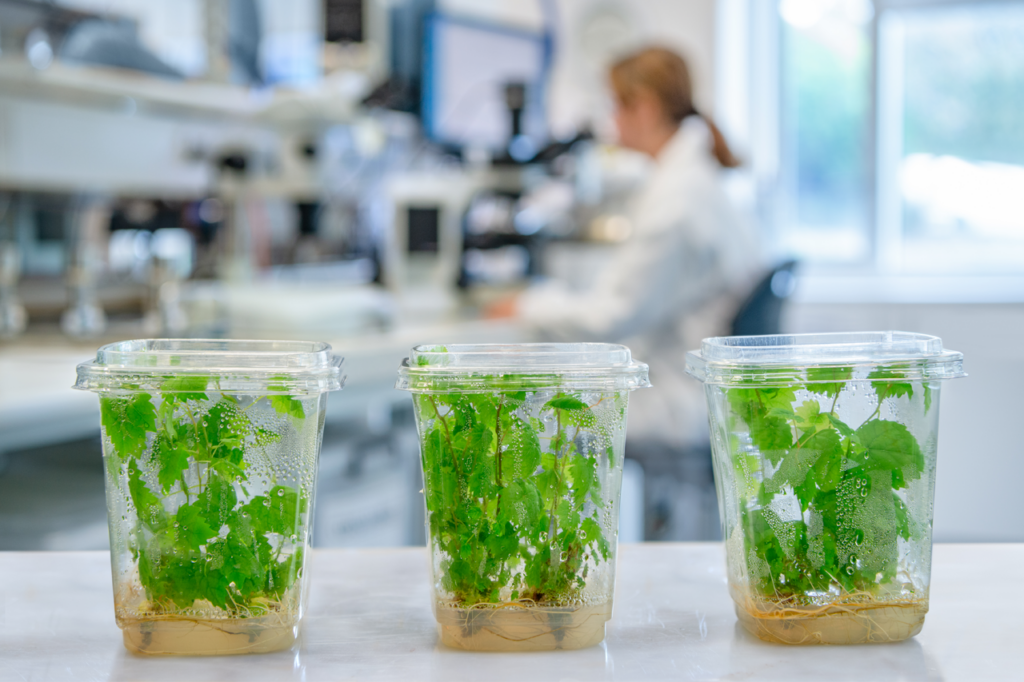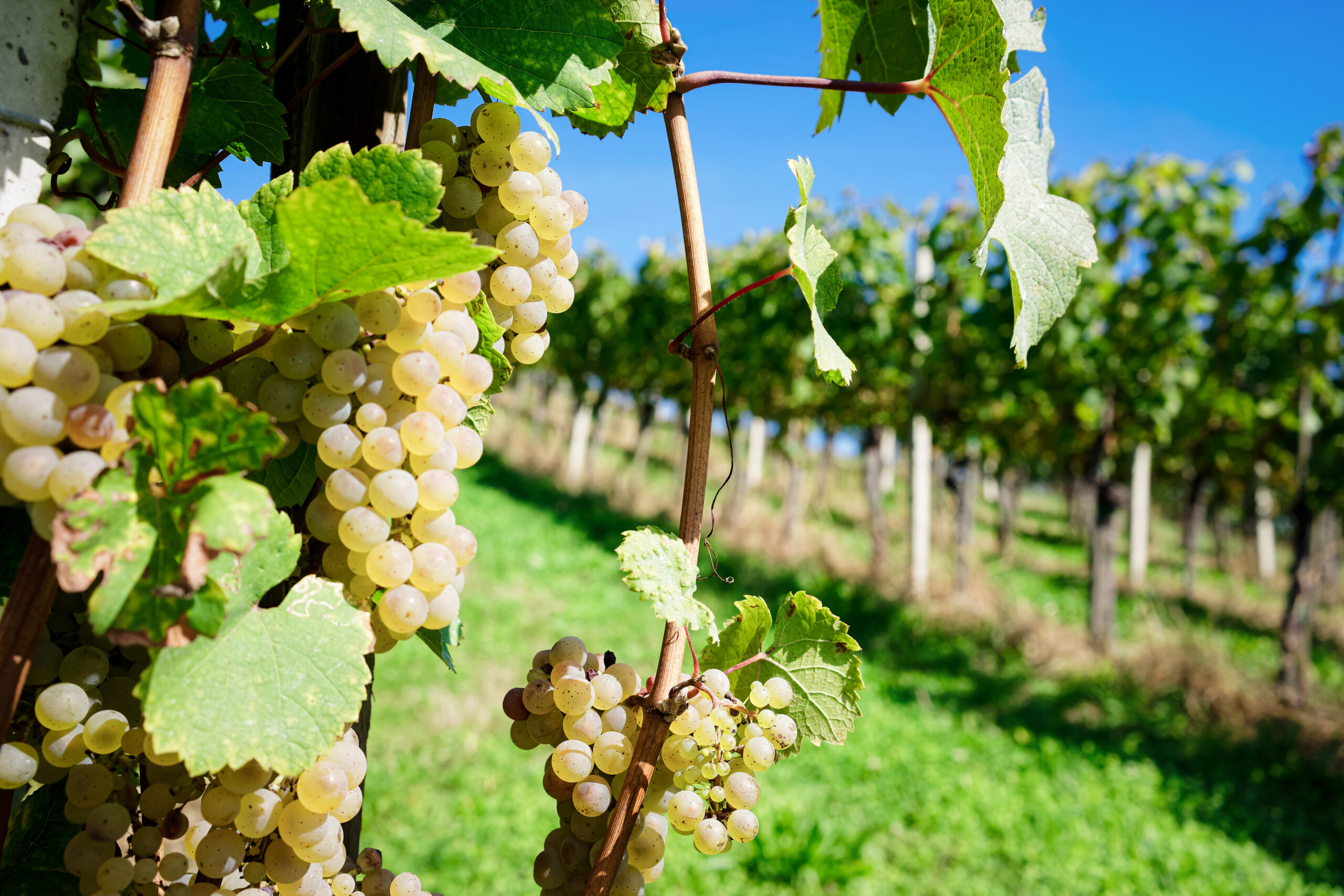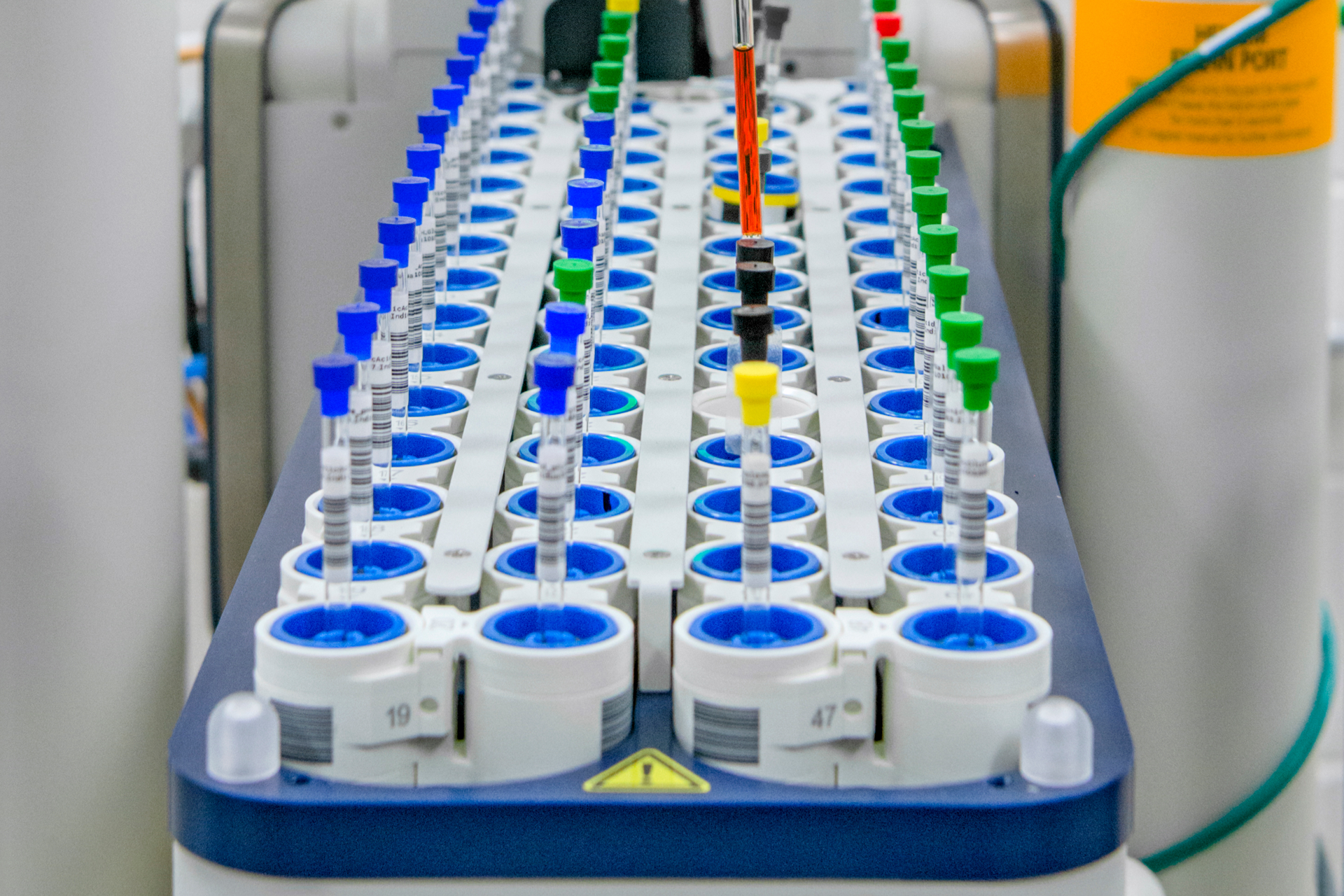
Grapevine tissue sampling protocol for virus diagnostics
Grapevine viruses can shorten the life of infected grapevines and reduce both the quality and yield of grapes. Several viruses have been associated with graft incompatibility. In some cases, especially in many white grape varieties and non-vinifera rootstocks, virus-infected vines do not show symptoms, but the virus can spread to susceptible neighbouring vines and vineyards.
Read More








